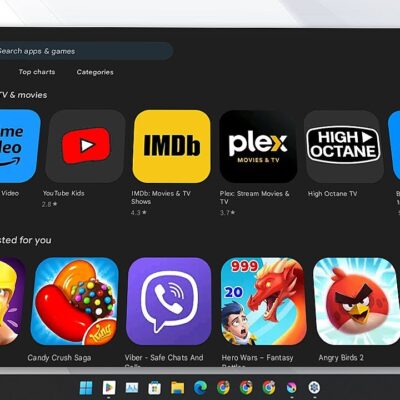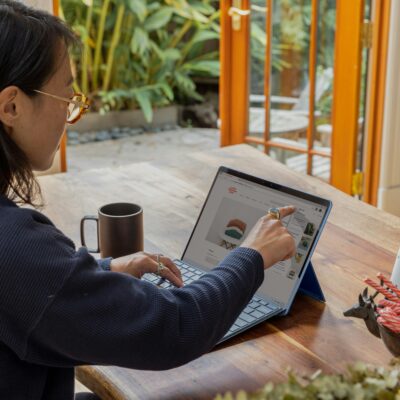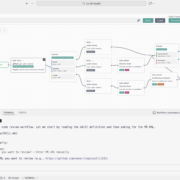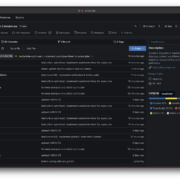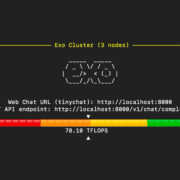The latest Android distribution numbers reveal that Android 15 is now running on 4.5% of devices as of April 1, 2025. This marks its debut in Google’s official statistics, highlighting its gradual rollout across the Android ecosystem. With Samsung’s One UI 7 update only recently launching, this figure is expected to grow significantly in the coming months. Let’s dive deeper into the current state of Android version distribution and what it means for users and manufacturers alike.

Android 15: A Steady Start
Google released Android 15 to the Android Open Source Project (AOSP) in September 2024, with stable versions rolling out to Pixel devices by mid-October. Other manufacturers like OnePlus and Nothing also adopted the update during this period. However, Samsung, the largest Android OEM, was still in the beta testing phase for One UI 7, its custom skin based on Android 15. This delay likely contributed to the relatively low adoption rate of 4.5% as of April 2025.
Despite this, Android 15’s presence on 4.5% of devices is a promising start, especially considering the fragmented nature of the Android ecosystem. The operating system is packed with new features, including enhanced privacy controls, improved multitasking capabilities, and seamless integration with emerging technologies like foldable devices and AI-powered tools.
Android 14 Still Dominates the Market
While Android 15 is making strides, Android 14 remains the most widely used version, powering 27.4% of devices. This is unsurprising, given its year-long lead in the market. Android 13 follows closely behind with 16.8% adoption, while older versions like Android 12 and Android 11 still hold significant shares at 12.8% and 15.9%, respectively.
The persistence of older versions highlights one of Android’s biggest challenges: fragmentation. Unlike Apple’s iOS, which boasts rapid adoption rates, Android’s ecosystem is spread across a wide range of devices and manufacturers, each with its own update timelines.
Android Version Distribution: A Detailed Breakdown
Here’s a comprehensive look at the current Android version distribution as of April 2025:
| Android Version | Percentage |
|---|---|
| 15 / V | 4.5% |
| 14 / U | 27.4% |
| 13 / T | 16.8% |
| 12 / S | 12.8% |
| 11 / R | 15.9% |
| 10 / Q | 10.2% |
| 9 / Pie | 5.8% |
| 8.1 / Oreo | 3.0% |
| 8 / Oreo | 1.0% |
| 7.1 / Nougat | 0.6% |
| 7 / Nougat | 0.6% |
| 6 / Marshmallow | 0.7% |
| 5.1 / Lollipop | 0.5% |
| 5 / Lollipop | 0.1% |
| 4.4 / KitKat | 0.1% |
This data underscores the ongoing struggle to phase out outdated versions. Even Android 9 (Pie) and Android 10 (Q) still hold a combined 16% of the market, while older versions like Nougat, Marshmallow, and Lollipop cling to a small but persistent presence.
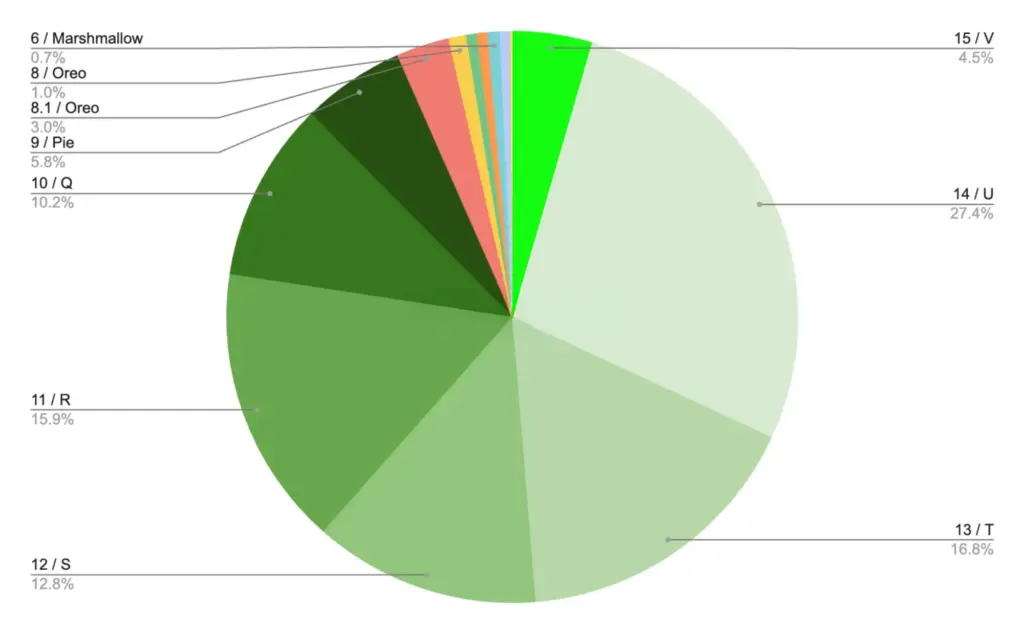
What’s Next for Android?
Android 16 is already on the horizon, with rumors suggesting a June 2025 release for Pixel devices. This rapid iteration cycle reflects Google’s commitment to innovation, but it also poses challenges for manufacturers and users alike.
For manufacturers, keeping up with Google’s update cadence requires significant resources, especially for companies like Samsung that customize the operating system with their own skins and features. For users, the disparity in update availability can lead to frustration, as many are left waiting months—or even years—for the latest features and security patches.
How Google Tracks Android Distribution
Google’s distribution statistics are based on data collected from devices that connect to the Play Store within a seven-day period. This method provides a snapshot of the Android ecosystem, though it may not account for devices that don’t regularly access the Play Store.
The company typically releases these stats once or twice a year via Android Studio, offering valuable insights for developers and manufacturers. By understanding which versions are most prevalent, developers can optimize their apps for the widest possible audience, while manufacturers can prioritize updates for the most popular devices.
The Impact of Samsung’s One UI 7 Update
Samsung’s One UI 7, based on Android 15, began rolling out in recent weeks, marking a significant milestone for the Android ecosystem. As the largest Android OEM, Samsung’s adoption of Android 15 is expected to drive a sharp increase in its usage share.
Historically, Samsung’s updates have played a pivotal role in accelerating the adoption of new Android versions. With millions of Galaxy devices eligible for the update, Android 15’s market share is likely to surge in the coming months, potentially surpassing Android 14 by the end of 2025.
Final Thoughts: A Fragmented Ecosystem
The Android ecosystem’s fragmentation remains a double-edged sword. On one hand, it offers unparalleled diversity, allowing users to choose from a wide range of devices and price points. On the other hand, it creates challenges in delivering timely updates and ensuring a consistent user experience.
As Android 15 continues its rollout, its adoption rate will serve as a key indicator of the ecosystem’s health. With Samsung now onboard, the operating system is poised for significant growth, but the persistence of older versions underscores the need for continued efforts to streamline the update process.
More on Android and Its Evolution
For those interested in the latest developments in the Android world, stay tuned for updates on Android 16 and beyond. Whether you’re a developer, manufacturer, or end-user, understanding the nuances of Android’s distribution landscape is crucial for navigating the ever-evolving tech industry.

